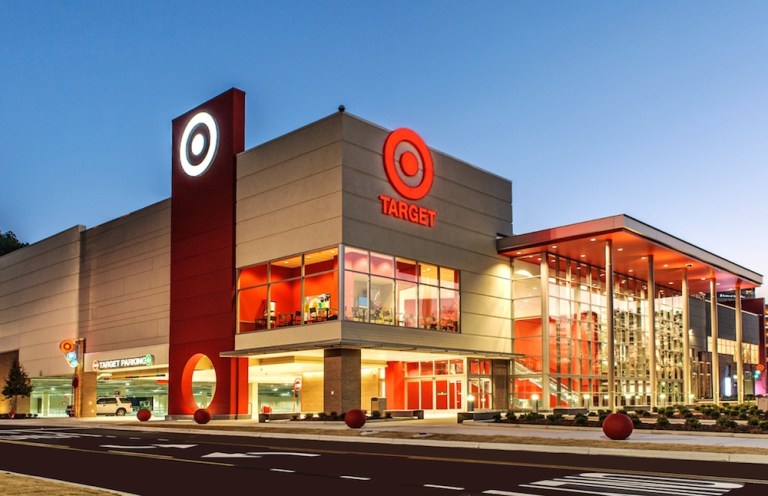Meeting The Average Target Shopper

The average shopper — retail’s favorite concept.
For years and for all intents and purposes, the average shopper could be found in Peoria, Illinois. The demographically representative city was a favored testing grounds for products, and the certification that it “plays in Peoria” was taken as a positive indicator that, whatever the product happened to be, it was ready to play in prime time. Up until the end of the 1990s, Peoria was a favored test market.
But customer demographics have a way of shifting, and by the early 2000s, the very Midwestern residents of Peoria were no longer the best available microcosm of America anymore. It was, and is, a good stand-in for the Midwest perhaps but is not overly helpful in determining what would play in the more diverse environments in the coastal cities, like New York, L.A. and San Francisco. Just because it plays in Peoria doesn’t necessarily mean the people of Philadelphia will be all that excited.
And arguably, in the age of digital retail, omnichannel and an ever-proliferating number of places that consumers can close the deal, so to speak, the search for an average consumer is something of a lost cause. The average boomer consumer is statistically less ready to early adopt in-app payment methods than the average millennial consumer, the average urban consumer has many more goods and services on offer than their counterpart in a rural or even suburban area and the spending patterns of the average parent look entirely different from those of same-aged peers without children.
So, what’s a retailer to do in the absence of an average profile to shoot for?
Stop wondering about the unicorn that is the “average” consumer and instead focus in on the more important question: Who is my average consumer?
Which brings us today’s shopper profile — the average Target shopper. Summed up in three words, one might go with “female, younger and chic.”
Females makes that list first because the most notable trait among Target shoppers when compared to their counterparts is that Target draws women, particularly younger ones. While Walmart, Kohl’s and Kmart all have a majority of female shoppers (>50 percent), Target’s base shoppers are 60–63 percent female, on average.
Target shoppers are also a bit younger: 58–62 percent of Target’s shoppers are between the age of 18 and 44, as opposed to Walmart, where that age demographic represents about 48 percent of shoppers; Kohl’s, where younger consumers make up about 44 percent of the customer base; and Kmart, which only draws 34 percent of its shoppers from the millennials/young Generation Xers. Conversely, Target has the smallest proportion of consumers age 65 or older, as that only represents about 12 percent of its customer base.
But Target’s consumers are more than young — they are more affluent than their peers who are shopping at Walmart. On average, 25- to 34-year-olds who shop at Target make about $12,000 more a year more than their counterparts shopping at regular stores, with an average annual income around $65,000. Target also generally leads with more affluent consumers, among those who make over $100,000 a year, Target is far and away the favored retailer, with 25 percent of its shoppers reporting that much income. Consumers who make more than $50,000 per year represent over 60 percent of Target’s consumer base (by comparison, that same demographic is about 45 percent of Walmart’s.)
As for its shoppers’ racial backgrounds, Target shoppers are predominantly white, at over 60 percent, but have shown strong growth particularly among Hispanic millenials since 2012. Four years ago, less than 10 percent of Target shoppers were of Latino or Hispanic ancestry; as of 2016, that figure is north of 20 percent and expected to continue to keep climbing.
So, what does this all mean for Target?
Well, given that the Target base is returning to normal, consumers are looking for a slightly higher-end experience than typical at a big-box retailer, even if they have to pay a slight premium. The return to the “Tarjay” mindset its CEO has been touting all year makes a bit more sense. The base knows what it wants, and what it wants is more style, less savings. That’s the good news.
The bad news is that Target’s core demographic is the same as Amazon’s — by age, gender and income — meaning it is more exposed to Amazon than perhaps its counterparts at Walmart, whose customers are not quite so likely to be early adopters or avid digital consumers.
Which means, for Target, especially the race with Amazon is on, and the question will be: Can it defend its younger, richer base against an onslaught of digital competitors who think they can offer the Tarjay experience minus the store?